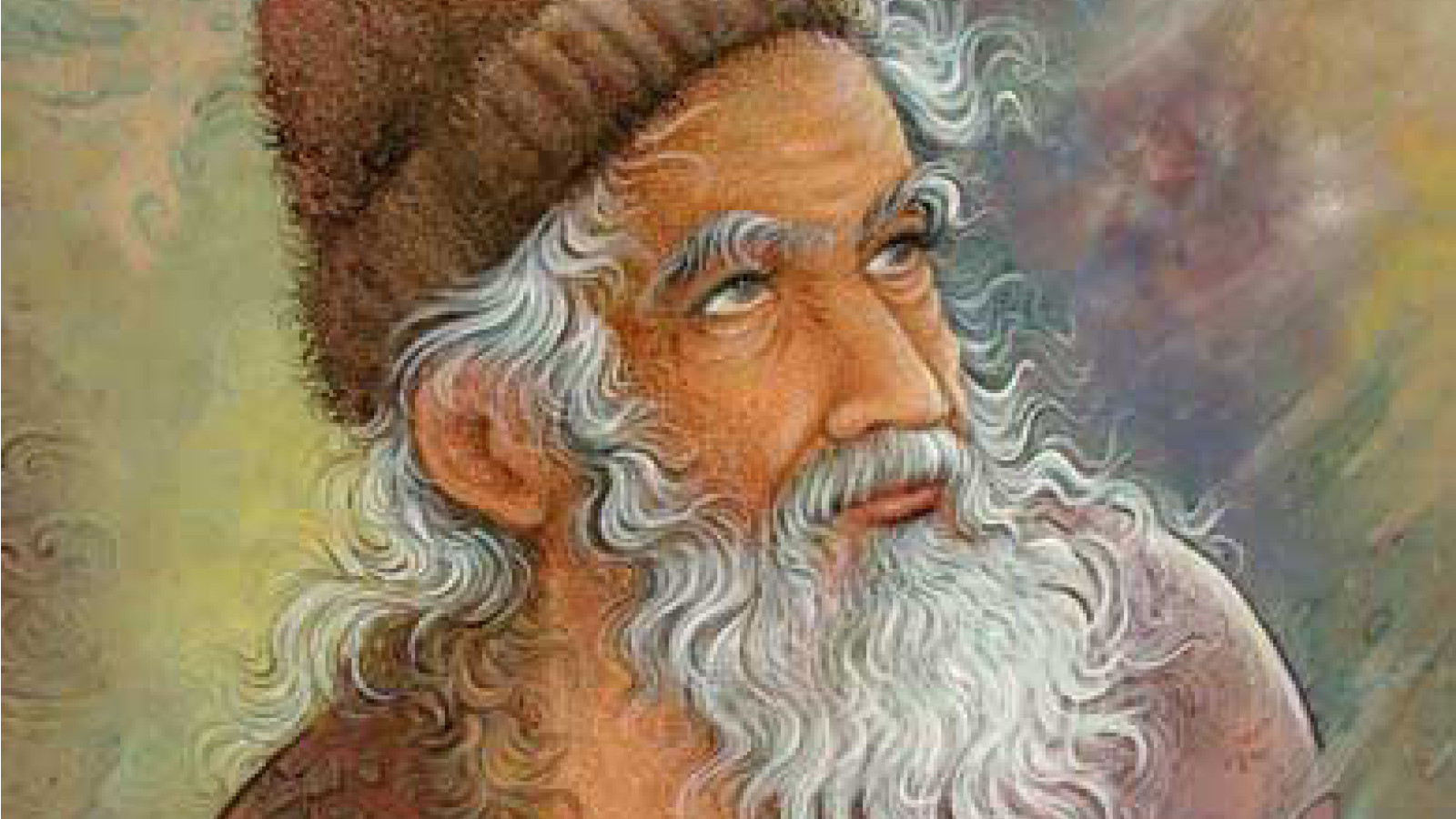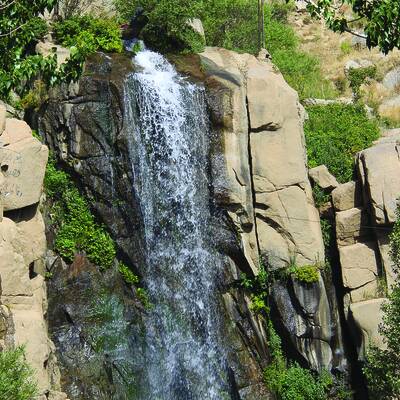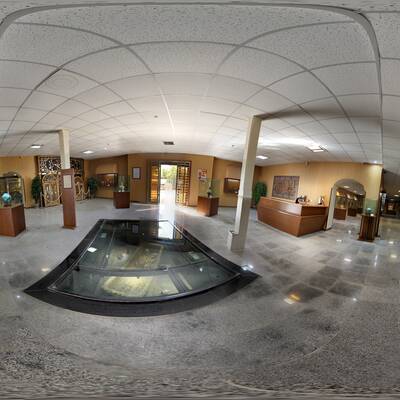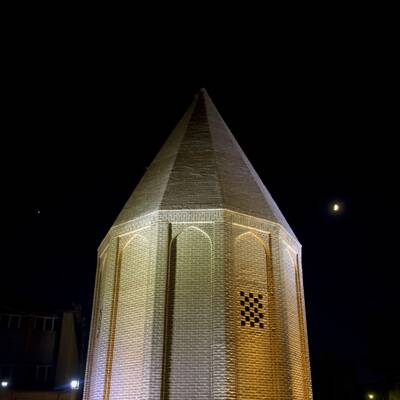
Baba Tahir was a mystical poet from the fifth century AH, who is originally from the city of Hamedan. He lived during the rule of Tughril Beg from Seljuk dynasty. Little is known about his life. His works are a collection of aphorisms in Arabic that have been published along with some other works under the name of Sharh e Ahvaal o Aasaar, va Dobaitiha e Baba Tahir Uryan (in Farsi). Another collection is his mystic and smooth couplets written in local dialect of Lor, and is a type of Fahlaviat (couplets written in the ancient language). Some of the tadhkirah specialists and contemporary researches know his language to be Razhi or Razi, which is the ancient dialect of people of Rey. The others consider his poems to be of Lor culture. In his couplets, Baba Tahir talks about helplessness, insignificance, confusion, spiritual passion and the concept of unity. Name of Baba Tahir has been mentioned in tadhkirah and different book. He is also famous for his anecdotal couplets that have now entered into daily life slangs. They have very simple and smooth themes and are uncomplicated due to lack of rhetorical figures. This kind of poem has led to the popularity of literature among people. Elements like desert, mountain, flowers and plants, the dervish, homesickness, sadness, pain of being away from the loved one, pain of unfaithfulness and … are some of the themes of his poems. His most famous title is Baba, by which he is known in Hamedan. His other titles are Uryan (meaning naked), which refers to his lack of interest in the material world. His last title is Lor or Hamedani.
The followers of some mystical religions consider Baba Tahir the elder of their religion, and highly regard his poems that were written in Lor dialect. Baba Tahir passed away in 411 AH in the city of Hamedan. His tomb is located on the top of a hill in northwest of Hamedan. Initially, his tomb was built in the form of an octagonal brick in sixth century AH. This tower, which was at the danger of destruction at the early fourteenth century SH, was restored for multiple times.
-k-main.jpg)
.jpg)


